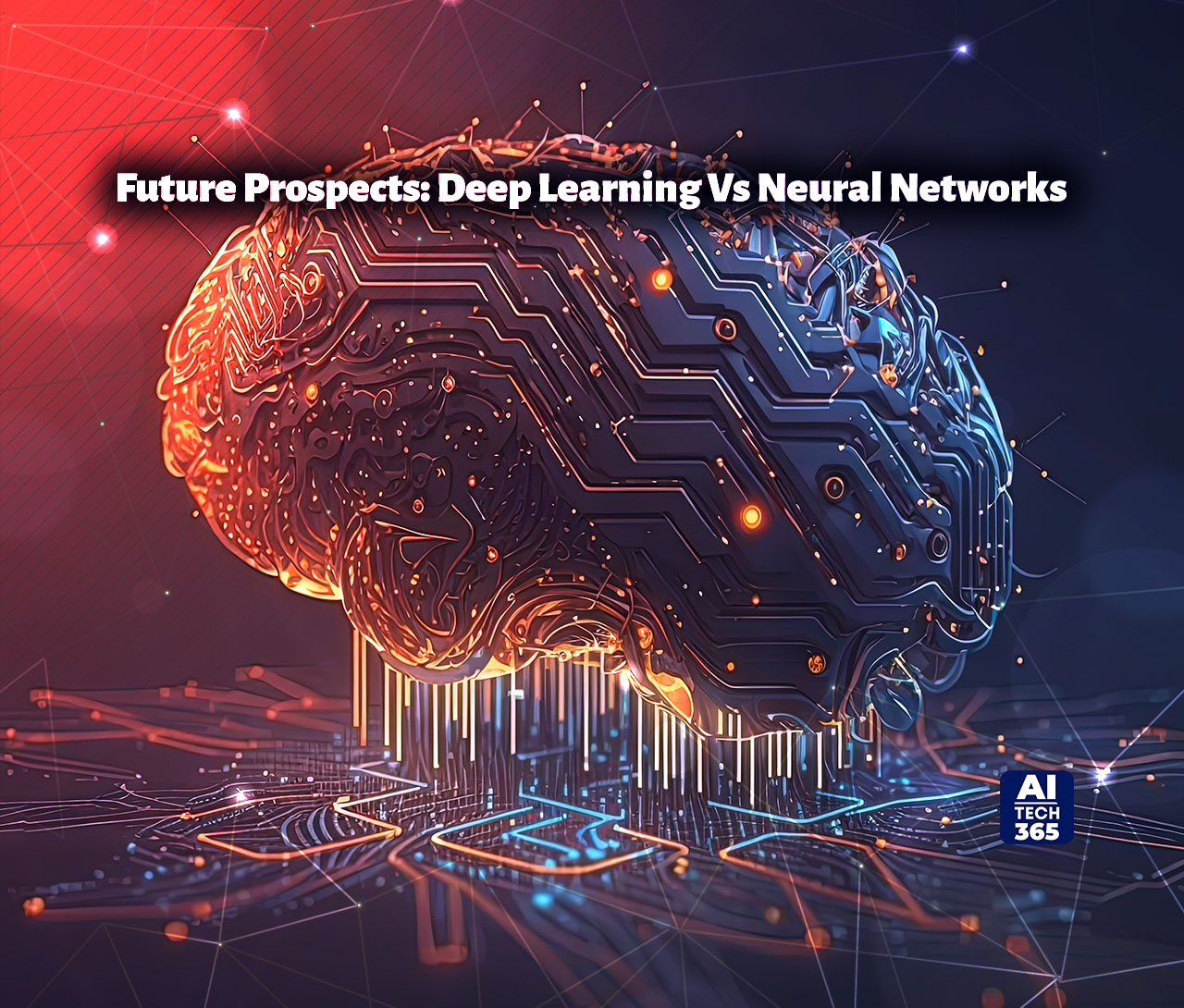In the realm of computer science, these terms—artificial intelligence, deep learning, and neural networks—are frequently used interchangeably. However, each encompasses unique technologies with distinct differences. As technology is increasingly integrated into our daily lives, companies leverage machine learning algorithms to meet consumer expectations. This blog post aims to clear confusion by elucidating the nuances among these related but distinct technologies. Let’s delve right in and learn all about deep learning vs neural networks!
What is Deep Learning Vs Neural Networks?
Neural networks, also known as artificial neural networks (ANNs), are algorithmic structures inspired by the human brain’s architecture. Comprising interconnected nodes or neurons arranged in layers, each neuron processes data and communicates with others, enabling the network to learn from errors and enhance its performance over time. Neural networks are applied to tasks like classification, pattern recognition, and prediction.
In contrast, deep learning is a subset of machine learning that concentrates on training deep neural networks featuring multiple hidden layers. These models autonomously learn and extract features directly from raw data, eliminating the need for manual feature extraction. Renowned for recognizing intricate patterns, deep learning models can process diverse data types, including images, text, and sounds.
Deep Learning Vs Neural Networks
Below is a detailed breakdown of deep learning vs neural networks:
| Feature | Deep Learning | Neural Networks |
| Definition | A subset of machine learning focuses on deep neural networks with multiple hidden layers. | Algorithms are inspired by the human brain’s structure, consisting of interconnected nodes or neurons. |
| Training | Trains models with multiple layers to automatically learn and extract features from raw data. | Trains interconnected layers of neurons to process data and learn from mistakes over time. |
| Feature Extraction | Eliminates the need for manual feature extraction, as models learn to extract features directly from data. | Requires manual feature extraction to prepare relevant input features for the network. |
| Complexity | Handles complex patterns and tasks, excelling in areas like computer vision, NLP, and speech recognition. | Suitable for various tasks but may require more manual intervention for complex feature extraction. |
| Data Types | Processes diverse data types, including images, text, and sounds. | Typically used for tasks such as classification, pattern recognition, and prediction. |
| Applications | Applied in computer vision, NLP, speech recognition, and other complex data-driven tasks. | Used in various applications but may require adjustments for specific complex tasks. |
Overview of Deep Learning Vs Neural Networks in Context of Structure
In terms of structure, a neural network consists of neurons that mimic biological neurons, computing weighted averages and passing data through a nonlinear function. Connections link neurons, carrying weight values representing the strength of relationships. Propagation involves forward and backward propagation, producing predicted and error values, respectively. The learning rate, crucial in gradient descent, determines the pace of weight updates.
Also Read : 5 Best AI Chatbots for Customer Service in 2024 [Free & Paid]
In the deep learning model structure, the motherboard relies on PCI-e lanes, processors need GPU specifications based on core count and cost, larger RAM is essential for computational power, and an ample power supply unit accommodates growing memory needs for intricate deep learning functions.
Future Prospects: Deep Learning Vs Neural Networks
 As technology takes massive strides, both deep learning and neural networks stand poised for a promising future. Neural networks with a robust foundation undergo continuous evolution through the introduction of novel architectures and training methodologies. Researchers delve into the realms of recurrent neural networks (RNNs), long short-term memory (LSTM), and convolutional neural networks (CNNs) to elevate neural networks’ capabilities.
As technology takes massive strides, both deep learning and neural networks stand poised for a promising future. Neural networks with a robust foundation undergo continuous evolution through the introduction of novel architectures and training methodologies. Researchers delve into the realms of recurrent neural networks (RNNs), long short-term memory (LSTM), and convolutional neural networks (CNNs) to elevate neural networks’ capabilities.
Deep learning, a subset integral to neural networks, foresees sustained growth. The proliferation of extensive labeled datasets, the emergence of dedicated deep learning frameworks, and advancements in hardware, particularly graphics processing units (GPUs), propel the widespread adoption of deep learning models. Despite this momentum, challenges persist, emphasizing the need for future research in interpretability, robustness, and the development of more explainable AI systems.
Training Neural Networks and Deep Learning Models
Neural networks undergo training through a method known as backpropagation. In this phase, the network is exposed to labeled data, and the weights undergo iterative adjustments to minimize the disparity between predicted and actual outputs. Gradients are calculated, and weights are updated using optimization algorithms, typically stochastic gradient descent. Through this learning process with labeled data, the network attains proficiency in making precise predictions on previously unseen data.
Deep learning models, sharing a similar training process, introduce additional layers, making the training phase more computationally demanding. This complexity necessitates considerable computational resources and extensive datasets. However, advancements in hardware and parallel computing have eased the burden of training deep neural networks. Techniques such as dropout regularization and batch normalization are also implemented to enhance the model’s generalization capabilities and counteract overfitting.
Final Takeaway on Deep Learning Vs Neural Networks
Deep learning vs neural networks are integral components of artificial intelligence and machine learning. While neural networks serve as the foundation, deep learning focuses on training deep neural networks with multiple hidden layers. Neural networks have been widely employed in various domains, while deep learning has revolutionized fields like computer vision, natural language processing, and speech recognition. As we move forward, the synergistic integration of deep learning and neural networks will undoubtedly pave the way for breakthroughs, reshaping the landscape of artificial intelligence and its applications in our increasingly interconnected world.


